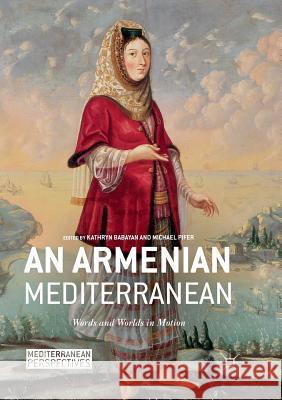An Armenian Mediterranean: Words and Worlds in Motion » książka
topmenu
An Armenian Mediterranean: Words and Worlds in Motion
ISBN-13: 9783030102807 / Angielski / Miękka / 2019 / 337 str.
Kategorie BISAC:
Wydawca:
Palgrave MacMillan
Seria wydawnicza:
Język:
Angielski
ISBN-13:
9783030102807
Rok wydania:
2019
Wydanie:
Softcover Repri
Numer serii:
000794878
Ilość stron:
337
Waga:
0.43 kg
Wymiary:
21.01 x 14.81 x 1.91
Oprawa:
Miękka
Wolumenów:
01
Dodatkowe informacje:
Wydanie ilustrowane











